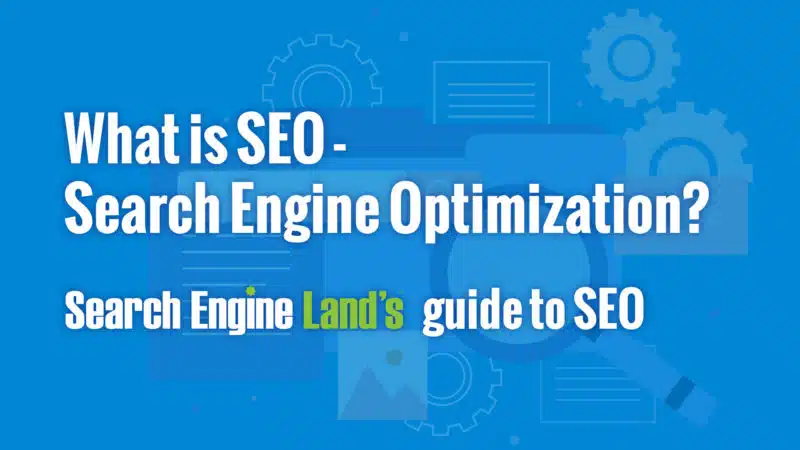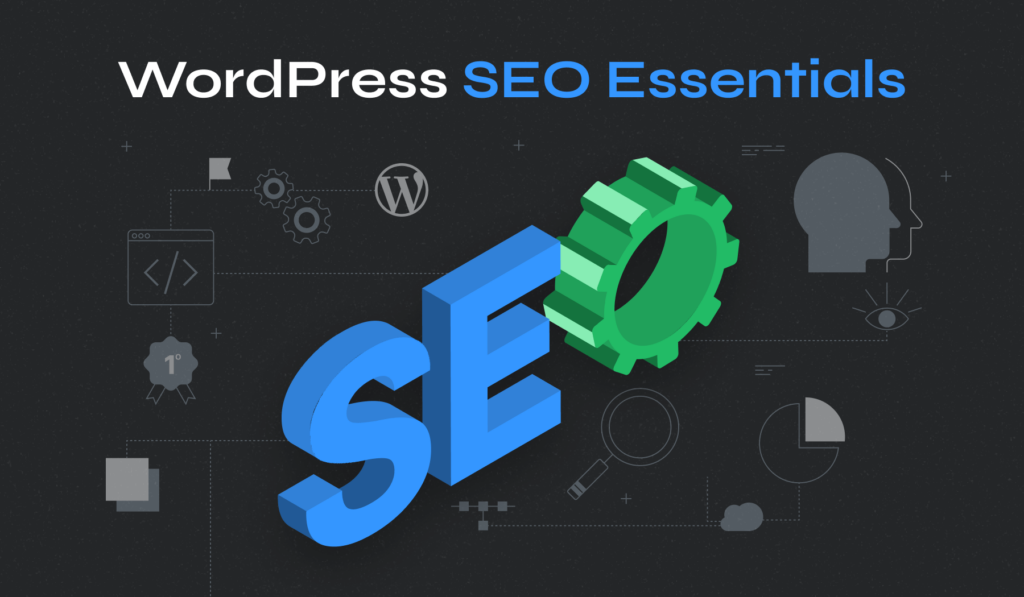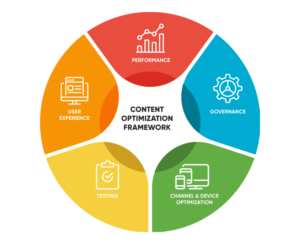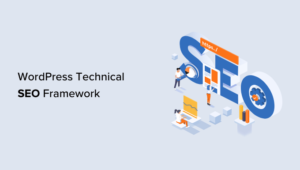When it comes to enhancing the visibility of your WordPress website on search engines, having the right SEO settings is crucial. By optimizing your WordPress SEO settings, you can improve your site’s chances of ranking higher in search engine results pages (SERPs) and attracting more organic traffic to your website. In this guide, we will explore the key WordPress SEO settings that you should pay attention to and how you can optimize them for better results.
1. Install an SEO Plugin
One of the first steps to optimizing your WordPress SEO settings is to install a reliable SEO plugin. Plugins like Yoast SEO or All in One SEO Pack can help you streamline the optimization process by providing tools and features to improve your site’s SEO performance. These plugins can guide you in optimizing meta titles, descriptions, and other key elements that impact your site’s search engine visibility.
2. Focus on Keyword Optimization
Keywords play a vital role in determining where your site ranks in search results. Conduct keyword research to identify relevant keywords and phrases that your target audience is searching for. Integrate these keywords strategically across your content, including in titles, headings, meta descriptions, and image alt text. Avoid keyword stuffing and aim for natural and relevant keyword usage.
3. Optimize Permalink Structure
Permalinks are the URLs that point to your website’s individual pages and posts. Optimizing your permalink structure can benefit your SEO efforts by making your URLs more user-friendly and search engine-friendly. In your WordPress settings, choose a permalink structure that includes post names or relevant keywords to create clean and descriptive URLs that are easy for search engines to crawl and index.
4. Create XML Sitemap
An XML sitemap is a file that lists all the pages on your website, helping search engines like Google discover and index your content more efficiently. Generating an XML sitemap for your WordPress site is essential for ensuring that search engine crawlers can easily navigate and understand the structure of your website. You can use plugins like Google XML Sitemaps to automatically create and update your XML sitemap.
5. Enable Breadcrumbs
Breadcrumbs are navigational aids that show users the path they have taken to reach the current page. Enabling breadcrumbs on your WordPress site not only enhances user experience but also improves SEO by providing search engines with additional context about your site’s structure and hierarchy. Breadcrumbs can help search engines better understand your site’s organization and improve the indexing of your content.
6. Implement SSL/HTTPS
Securing your website with SSL (Secure Sockets Layer) encryption and moving to HTTPS can have a positive impact on your SEO rankings. Google gives preference to secure websites in search results, so switching to HTTPS can boost your site’s credibility and trustworthiness in the eyes of both users and search engines. Make sure your WordPress site is set up with an SSL certificate for improved SEO performance.

Credit: seodity.com

Credit: searchengineland.com
7. Optimize Site Speed
Site speed is a critical factor that affects both user experience and SEO. A slow-loading website can lead to higher bounce rates and lower search engine rankings. Optimize your WordPress site for speed by minimizing code, optimizing images, using caching plugins, and choosing a reliable web hosting provider. Google’s PageSpeed Insights tool can help you identify areas for improvement to enhance your site’s loading times.
8. Monitor and Analyze Performance
After implementing the above WordPress SEO settings, it’s essential to monitor and analyze your site’s performance regularly. Use tools like Google Analytics and Google Search Console to track your site’s traffic, keywords, click-through rates, and other relevant metrics. Analyzing this data can help you identify areas for improvement and fine-tune your SEO strategy for better results.
Frequently Asked Questions Of WordPress Seo Settings : Mastering Your Website’s Optimization
How To Set Up Seo On WordPress?
To set up SEO on WordPress, navigate to the “Settings” menu in your WordPress dashboard. Click on “SEO” and choose a plugin like Yoast SEO. Follow the plugin’s instructions to optimize your website for search engines effectively.
What Are The Best Seo Settings For WordPress?
To optimize your WordPress site, enable SEO-friendly permalinks, create descriptive meta titles and meta descriptions for each page, optimize your content with targeted keywords, generate XML sitemaps, and ensure your website is mobile-friendly and loads quickly.
How To Add Meta Tags In WordPress Seo?
To add meta tags in WordPress, install and activate an SEO plugin like Yoast SEO. Once installed, navigate to the “SEO” menu and click on “Search Appearance. ” Here, you can add custom meta titles and meta descriptions for your posts, pages, and other content.
Why Are Alt Tags Important For Seo In WordPress?
Alt tags are important for SEO in WordPress because they provide textual descriptions of images to search engines. When search engines index your website, they consider alt tags to understand the content of your images, potentially improving your website’s visibility in image search results.
Conclusion
By optimizing your WordPress SEO settings, you can enhance your site’s visibility, attract more organic traffic, and improve your search engine rankings. Follow the tips outlined in this guide to set up and optimize key SEO elements on your WordPress site. Remember that SEO is an ongoing process, so continue to monitor, analyze, and refine your strategy to stay ahead in the competitive online landscape.





